How Do Students Learn About Color Theory and Its Impact on Hair Design?
Hair color isn’t just about choosing a shade — it’s about understanding how colors interact, enhance, and transform each other. Behind every vibrant blonde, rich brunette, or pastel masterpiece lies a strong foundation in color theory. For hairstylists, mastering this concept is one of the most essential parts of their education. It allows them to create balanced, customized looks that complement each client’s unique complexion, style, and personality.
At Hair Art Academy, students don’t just memorize color charts — they learn how to think like color artists. Through hands-on training, guided demonstrations, and creative exercises, they explore how color theory shapes every aspect of modern hair design. From subtle toning to bold fashion hues, understanding the science and artistry of color gives aspiring stylists the confidence to deliver beautiful, consistent results.
In this blog, we’ll take a closer look at how students are taught color theory in hair academy training and how this knowledge influences their ability to design stunning, personalized hairstyles.
1. Building a Strong Foundation in Color Theory
Before students ever pick up a color brush, they begin with the fundamentals of color theory — the study of how colors relate and interact.
Understanding the color wheel: Students learn the relationships between primary, secondary, and tertiary colors.
Complementary and contrasting tones: They discover how to balance warm and cool shades for natural, flattering results.
Neutralization and correction: A key part of training is learning how to cancel unwanted tones, such as brassiness or dullness.
This foundation helps students understand why certain tones work better together and how small adjustments can make a big difference in the final result.
2. Learning the Science Behind Hair Color
Effective coloring isn’t just creative — it’s also scientific. Hair academies teach students the chemistry behind how color interacts with hair structure.
Hair composition: Students study how the cuticle, cortex, and pigment layers affect color absorption.
Color levels and undertones: They learn how natural pigment influences the outcome of applied color.
Developer strength and timing: Understanding oxidation and processing ensures both safety and accuracy.
By learning the science behind each service, students gain the ability to predict results and make informed decisions about which formulas and techniques to use for different hair types.
3. Applying Color Theory in Real-World Scenarios
Once the theoretical knowledge is in place, students at Hair Art Academy begin to apply what they’ve learned through guided practice and hands-on sessions.
Color matching and customization: Students mix shades to achieve natural blends or bold transformations.
Corrective color training: They learn how to fix uneven tones, color buildup, or over-processed hair safely.
Creative projects: Fashion colors, balayage, and ombré techniques allow students to experiment with artistic expression.
These real-world exercises teach students how to translate color theory into practice while developing their signature creative style.
4. Understanding the Emotional and Visual Impact of Color
Color doesn’t just change how hair looks — it changes how a person feels. Hair academies help students understand the psychology and perception of color.
Client suitability: Students learn to choose colors that complement skin tones, eye colors, and personality.
Emotional connection: Warm tones often evoke energy and confidence, while cool tones convey calm and sophistication.
Visual harmony: By balancing shades correctly, stylists can enhance facial features and create a cohesive overall look.
This awareness allows students to provide thoughtful consultations and create personalized transformations that resonate with their clients.
5. Building Confidence Through Supervised Experience
Every color application at a hair academy is performed under professional supervision, ensuring that students gain confidence through experience while maintaining client safety.
Instructor guidance: Licensed professionals oversee every stage of the process, from consultation to rinsing.
Problem-solving: Students are taught to troubleshoot in real time if tones or results vary unexpectedly.
Consistency: Repetition and review help students perfect techniques for lasting, vibrant color.
This process not only reinforces the principles of color theory but also helps future stylists approach color work with precision and assurance.
Conclusion
Mastering color theory is one of the most transformative aspects of a hairstylist’s education. It turns coloring from a routine service into an art form. At Hair Art Academy, students learn to blend creativity with science — understanding how color works, how it reacts, and how it enhances natural beauty. Through theory, practice, and professional mentorship, they graduate with the confidence to design customized, eye-catching looks that leave clients feeling radiant and renewed.
If you’re passionate about creativity, artistry, and transformation, it’s time to bring your vision to life. Register at Hair Art Academy today and begin your journey toward mastering color theory — the foundation of every truly brilliant hair design.
Jumpstart your career
Whether you’re dreaming of running your own salon, mastering the latest trends, or building a loyal clientele, it all starts with the right education. Don’t wait to turn your passion for hairstyling into a successful career.
Join Hair Art Academy today and take the first step toward a future filled with creativity, growth, and endless possibilities!


